THE CITY OF WONDERS
A Souvenir of the World’s Fair.
BY
MARY CATHERINE CROWLEY
CHAPTER 12. THE IRISH VILLAGES, OLD VIENNA, ETC.
[For other installments of our serialization of The City of Wonders (1894), see the Table of Contents]
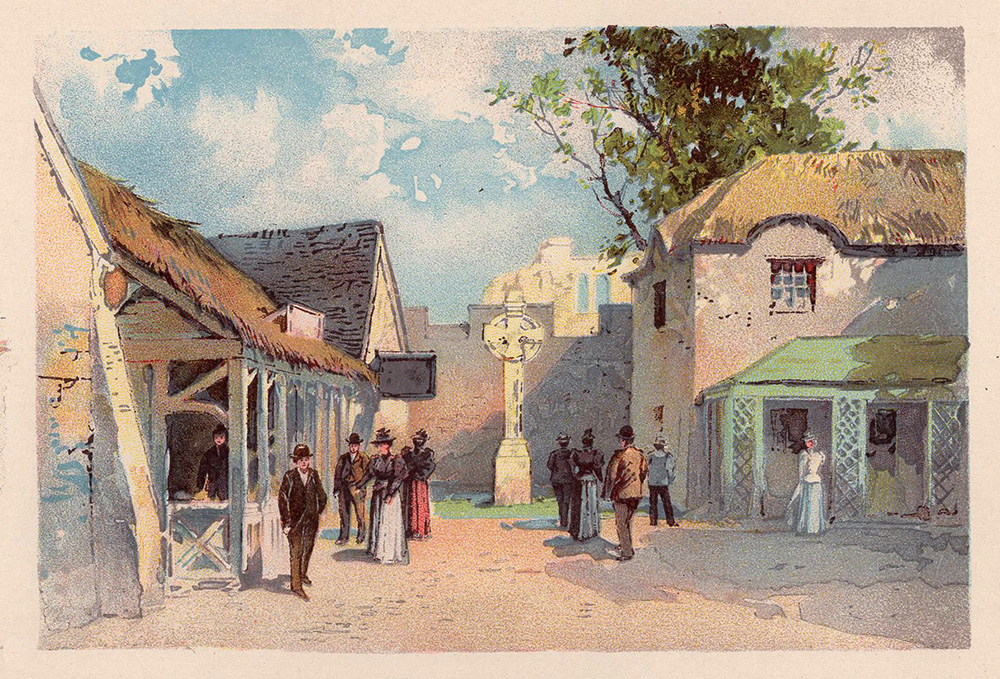
The Irish Village of the Irish Industries Association. [Image from Graham, Charles S. The World’s Fair in Water Colors. Mast, Crowell & Kirkpatrick, 1893.]
It was a pleasant contrast to turn from the bizarre sights and sounds of the Plaisance to the rural quiet and peacefulness of the Irish villages.[1] As our visitors paused before the grey towers of a medieval gateway, Mr. Barrett said:
“This is a fac-simile of St. Lawrence’s Gate of Drogheda, built in the year 1200.”[2]
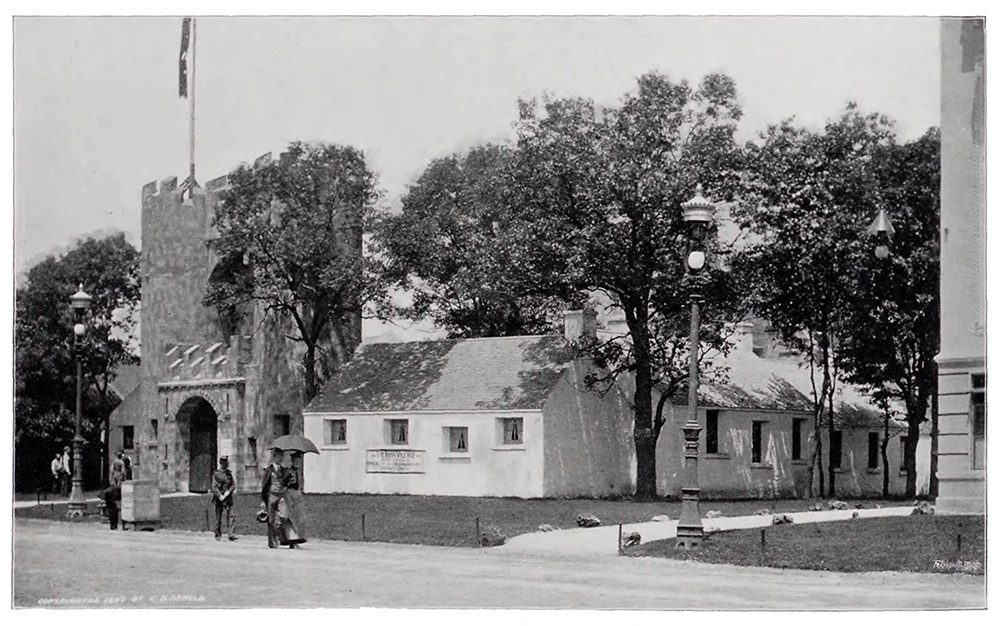
Mrs. Hart’s Irish Village and Donegal Castle. [Image from Unsere Weltausstellung. Eine Beschreibung der Columbischen Weltausstellung in Chicago, 1893. Fred. Klein Co. 1894.]
“One seldom sees a cottage door closed in Ireland; and I perceive that here, too, each stands hospitably open,” said Uncle Jack. “Suppose we step into one or two of the houses?”
They did so and found a goodly exhibit of Irish industries. In the first dwelling was a man weaving upon a hand-loom the celebrated Kells art linen, while at a window sat a girl embroidering a square of the exquisite fabric in polished threads of flax. At the next cabin two women were engaged in lacemaking. In the third were specimens of bog-oak carving, designs for marble cutters, etc. Others showed embroidered hangings and coverlets, and cloth spun, woven, and plant dyed,—all the work of the peasants of a single county.
It would have been delightful, to tarry here; but, knowing that there was so much still to be seen, they felt obliged to proceed.
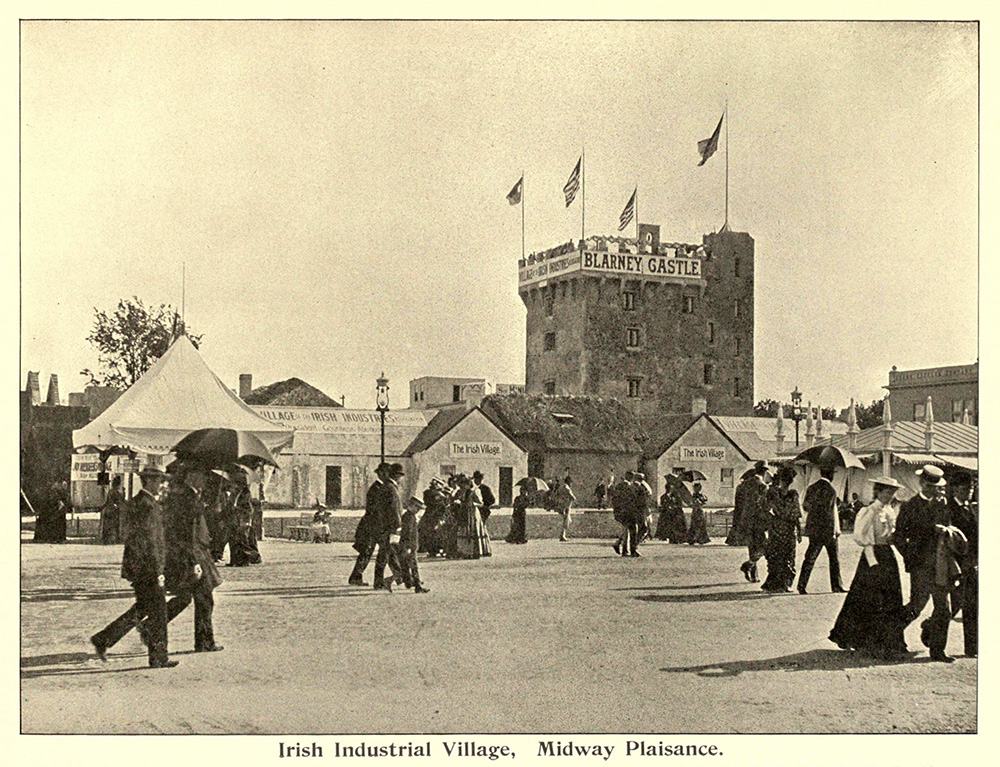
Entrance to the Lady Aberdeen’s Irish Industrial Village and Blarney Castle. [Image from Bancroft, Hubert Howe The Book of the Fair. The Bancroft Company, 1893.]
Passing through the turnstile, the girls exclaimed with pleasure as they found themselves, to all appearance, in the lovely old cloisters of Muckross Abbey.
“A good representation,” conceded Uncle Jack; “but it needs the charming scenery of Killarney for a background.”
From the twilight of these Gothic arches, the rovers issued upon the green of the village. Here were more little grey, thatched cottages, and in their midst, stately, sombre, and looking like a restoration of that once impregnable stronghold or an ancient royal race, stood the square tower of Blarney Castle.
Mr. Barrett smiled in a pleased way. It had indeed been impossible to transport across the sea the green fields and the ivy-grown groves of Blarney, but he pronounced the counterfeit presentment of the old donjon keep to be a success.
Good-naturedly eager to get ahead of his sisters in kissing the famous Stone, Aleck was by this time half way up the long and tortuous stairway that led to the summit. The others now climbed it also, and emerged upon the battlements, above which floated the Irish flag, that beautiful emerald standard with its golden harp.
Below was unrolled before them a remarkable scene. From the shadow of the fortress, so venerable in its aspect, extended the bright and gay, if somewhat incongruous, life of the Plaisance; on the other side, bathed in the light of the setting sun, shone the many domes and palaces of the City of Wonders.
The girls hardly took time to consider the view, so impatient were they to behold the renowned piece of granite which is supposed to endow with irresistible powers of persuasion the fortunate being who touches it with his lips.
“Here it is!” called their brother; “and a genuine chip of the old block, unless this young sprig of Irish eloquence is ‘making game of me,’ as he protests would be very unbecoming towards a gentleman. “
The “sprig” in evidence was a little urchin, who might be instanced as an example of the talents conferred by the Stone. No doubt until this eventful summer he had never been many miles from his native hamlet, and the total amount of his schooling was comprised within a very short period. Yet in wit and native drollery he was more than a match for the group of triflers who surrounded him and plied him with jesting questions. Well he performed his duty as guardian of the treasure, standing in front of it, as he announced that the payment of a good American dime was necessary as a preliminary to testing its efficacy, and to insure a favorable result. He, however, condescended to point out the irregular grey block, set in the wall in such a manner that one must go down on hands and knees, and lean across an open space, to reach it.
Aleck bad already been through this performance and its accompanying droll ceremony. Uncle Jack having satisfied the young custodian with the requisite pieces of silver, the girls now followed the example of those about them, and, at some slight sacrifice of gracefulness perhaps, but much to their own amused satisfaction, enacted the comedy of saluting the Blarney Stone.
“Although this was probably taken from some part of the ruins, it cannot be the genuine and identical Stone celebrated in the lines of Father Prout and famed in lively Irish stories,” said Mr. Barrett; “for that is immovably fixed in the battlements of the ivy-covered stronghold by the Lee. Originally the Blarney Stone meant the rock on which the castle was built, and later the castle itself. The tradition concerning it is said to have arisen from the fact that one of its ancient commanders had a particularly clever tongue, and became noted for the manner in which, when besieged by the English, he gained time by dallying; and, by smooth speeches and plausible excuses, evaded giving up his fortress to the Earl of Totness, until the latter became the jest of the ministers of Queen Elizabeth, as the dupe of the Lord of Blarney.”
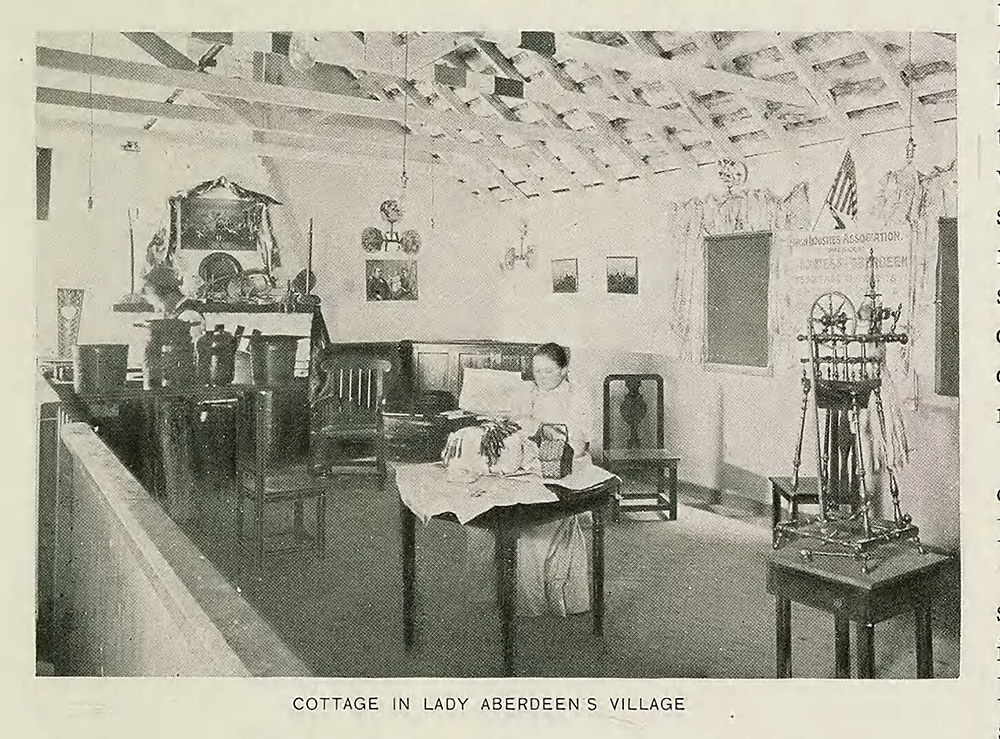
Cottage in Lady Aberdeen’s Irish Village. [Image from Bancroft, Hubert Howe The Book of the Fair. The Bancroft Company, 1893.]
In the other houses they found girls spinning, weaving, and knitting, and at the bazaar some beautiful handiwork was offered for sale. There was also a fine display of fac-similes of the insignia of the Irish Kings,—the Tara Brooch and Fingal Pin, illuminated initials from the Book of Kells, etc.
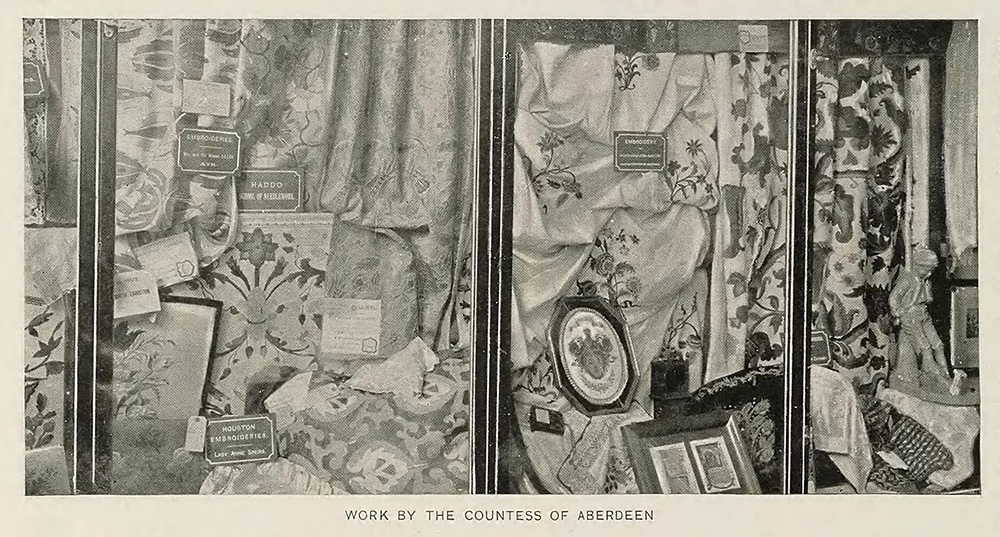
Works by the Countess of Aberdeen on display in the Irish Village. [Image from Bancroft, Hubert Howe The Book of the Fair. The Bancroft Company, 1893.]
“Later we will visit the Austrian Village,” said Mr. Barrett.
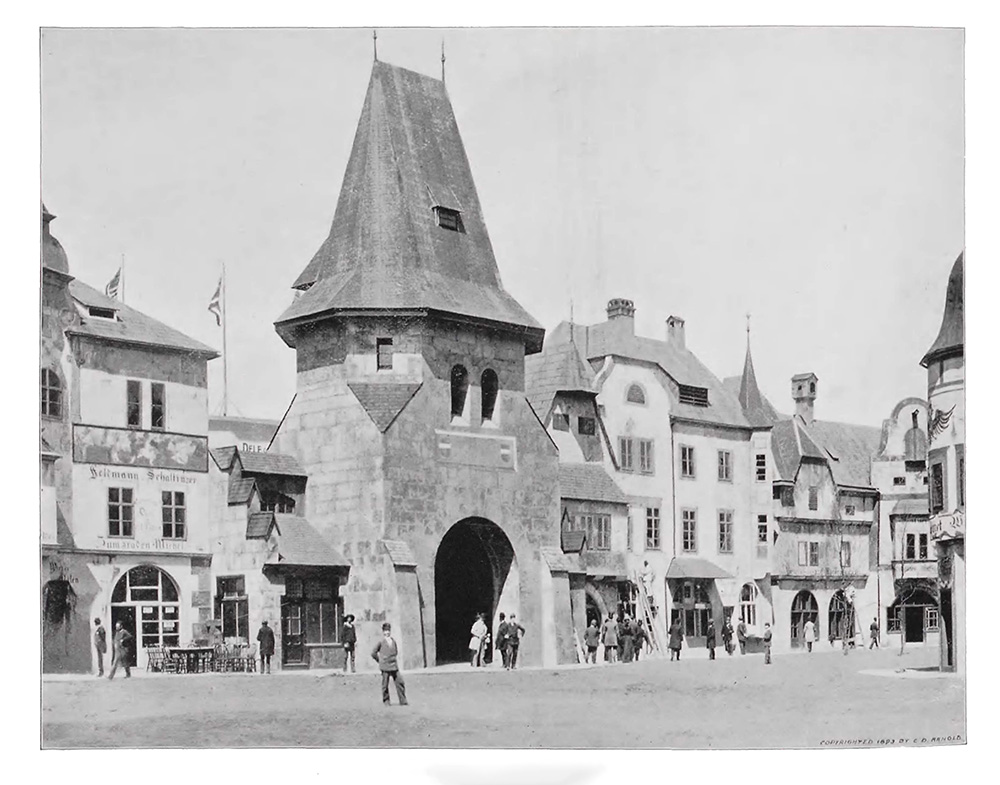
The Austrian Village known as “Old Vienna.” [Image from Unsere Weltausstellung. Eine Beschreibung der Columbischen Weltausstellung in Chicago, 1893. Fred. Klein Co. 1894.]
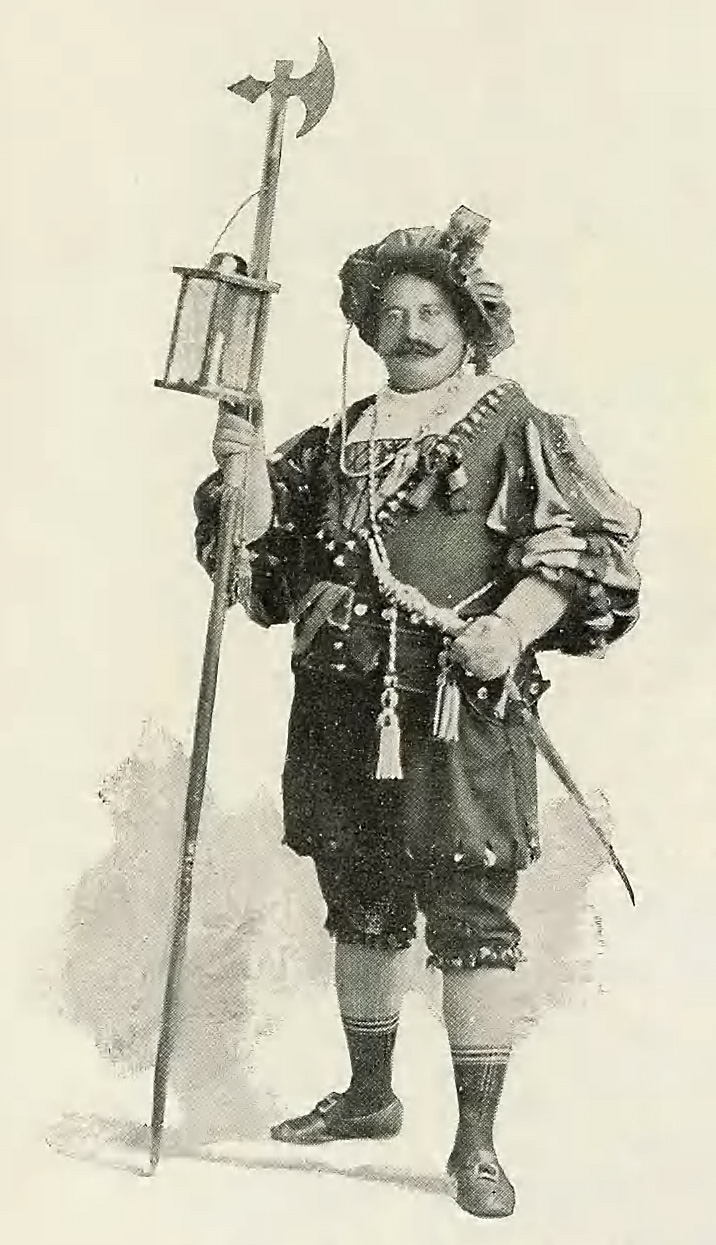
Valentine Peters, the sentinel at the gate of Old Vienna. [Image from Bancroft, Hubert Howe The Book of the Fair. The Bancroft Company, 1893.]
Now was revealed a spacious plaza, the four sides of which were lined with tall houses of so curious and antiquated an appearance that Nora professed to believe them to be veritable relics of the fifteenth and sixteenth centuries.
“Uncle Jack,” she exclaimed, “you have been practicing your necromancer’s arts again and have taken us back at least to the days when the Turks invaded Christendom. Ellen, can you not imagine knights and squires stepping out from these quaint homes to join the forces that fought at Lepanto?”
“It is certainly not to the Vienna of ’93 that I have introduced you,” responded her uncle, smiling: “For to-day there is no more modern or magnificent city in Europe than the capital of the Austro-Hungarian Empire, and comparatively few of its ancient landmarks remain. Our surroundings, however, remind me very much of the Marian Platz, or principal square of Munich, which is dedicated to the Blessed Virgin in thanksgiving for her protection in the time of war and pestilence. There one wanders amid an environment of structures like these, so charmingly picturesque that they are at once the delight and almost the despair of an artist, since he finds it well-nigh impossible adequately to depict them with all their poetic suggestions.”
The young people felt as if under a spell of enchantment. The rays of the electric lights, like a flood of moonlight, streamed upon the venerable-looking buildings, bringing into relief their queer, curling roofs, and the paintings of the Crucifixion or the Madonna, and the illuminated texts of Scripture upon the exterior walls.
But although the upper stories of these old houses were shrouded in this weird radiance, as in the tender light of the past, the little shops on the ground floor were aglow with the refulgence of the present. Here all was stir and activity; a brisk business was being carried on in the sale of the exquisite china, cut glass, and leather goods for which modern Vienna is noted.
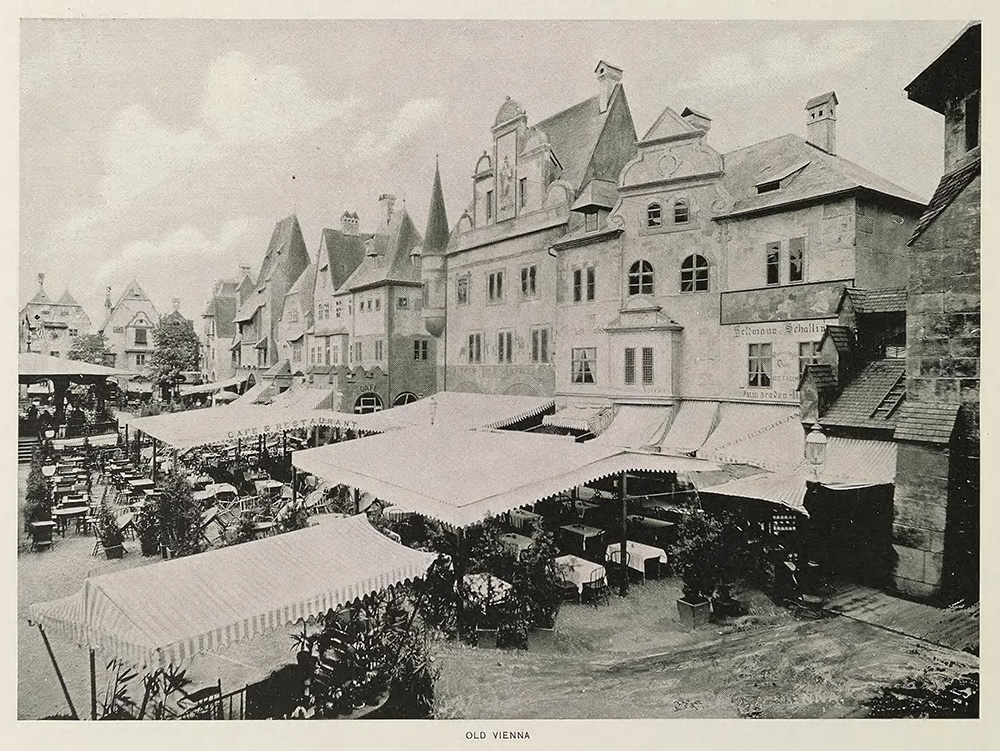
The Old Vienna café and courtyard. [Image from Bancroft, Hubert Howe The Book of the Fair. The Bancroft Company, 1893.]
“This is an exact illustration of that charming feature of German life, the summer garden, where families and friends spend the evenings together in the open air, enjoying one another’s companionship while listening to good music,” said Uncle Jack. “The best of these gardens are frequented by people of good society. Such a resort, with its background of old buildings or trees; its brightness, and fountains, and flowers; its throngs of military officers and handsomely dressed ladies, presents indeed an animated scene.”
Many promenaders were strolling up and down the walks bordering upon the shops. Our friends joined the procession and roamed about for a while. As they reached the end of the Platz, Ellen noticed another enclosure.
“What is this?” she asked, stopping for a moment.
Looking in they saw, beneath overspreading trees, more people, and more small tables, and a raised platform, where singing was going on. It was another garden and resembled a corner of the Prater in real Vienna. They did not stop here, however, but returned to the vicinity of the principal café.
Uncle Jack found a table for the party, so situated that they could hear the music to advantage. Then, summoning a waiter, he ordered dinner, for which they were quite ready by this time. At the conclusion of the meal they lingered there contentedly; Mr. Barrett smoking, the others toying with their ice-cream, while they listened to the strains of Wagner, and Strauss’ entrancing waltzes.
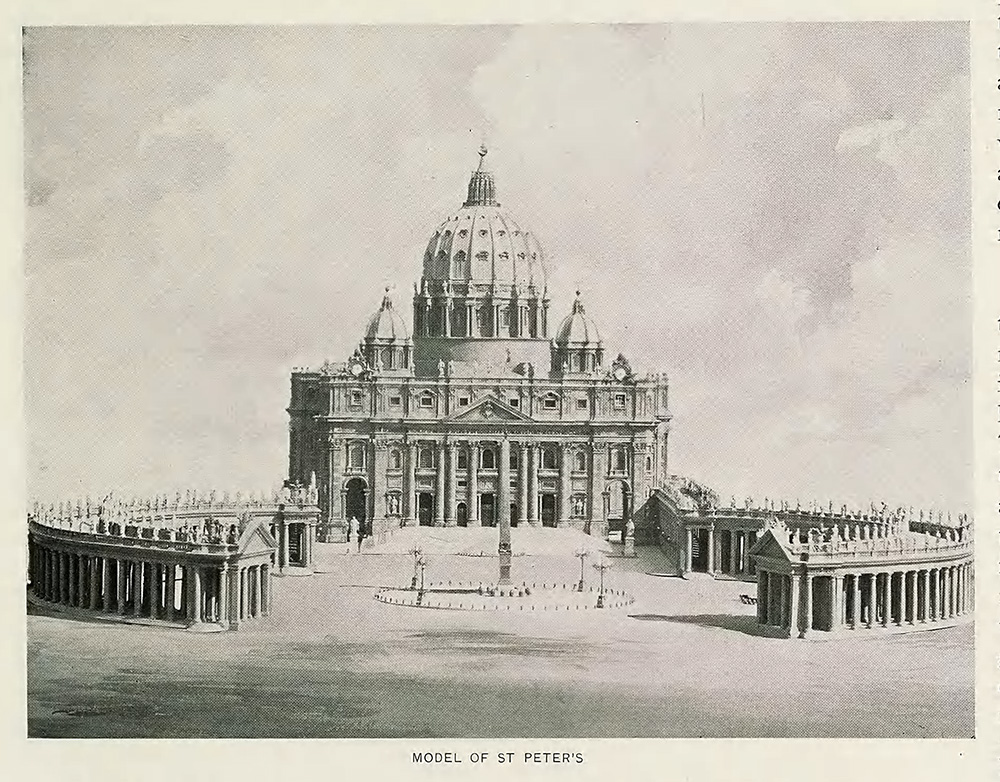
The Model of St. Peter’s Basilica. [Image from Bancroft, Hubert Howe The Book of the Fair. The Bancroft Company, 1893.]
“It is like looking at St. Peter’s through an opera·glass,” said Nora.
“Or like a dream compared to a grand reality,” added Uncle Jack.
It was, in fact, a picture which impressed itself upon the minds of the girls and Aleck with remarkable distinctness, and which they would long remember.
[What sites will the Kendricks visit on their last day at the World’s Fair? Find out in Chapter 13 of The City of Wonders.]
NOTES
[1] “the Irish villages” The Midway hosted two different Irish Villages. Lady Aberdeen’s Irish Industries Association Village with its Blarney Castle was at the far eastern end, on the south side of Midway Plaisance. Mrs. Hart’s Irish Village, with the reproduction of Donegal Castle, stood further west, past the railroad tracks, and on the north side.
[2] “This is a fac-simile of St. Lawrence’s Gate of Drogheda” The Saint Laurence Gate is part of a thirteenth-century walled fortifications of the medieval town of Drogheda on the east coast of Ireland.
[3] “portly booted and spurred Tyrolese watchman” This was Valentine Peters, the Sentinel at Old Vienna. According to the Portfolio of Midway Types (Chicago: The American Engraving Company, 1893), “the pedestrians on the Midway will never forget this stout, stolid figure on guard at the gate of ‘Old Vienna,’ a figure which was often mistaken for an imitation man.”
[4] “a model in miniature of the magnificent Basilica of St. Peter” From Old Vienna, they would have been walking east to pass the model of St. Peter’s. The closer exit from the fairgrounds would have been to the west, at Cottage Grove Avenue.

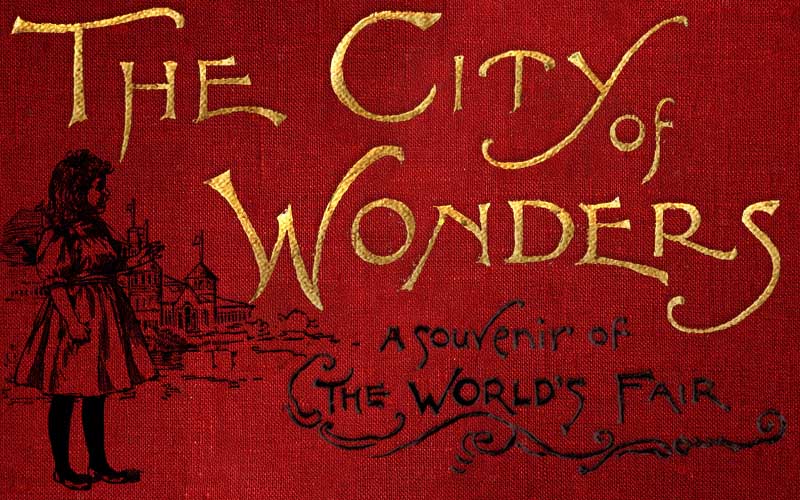

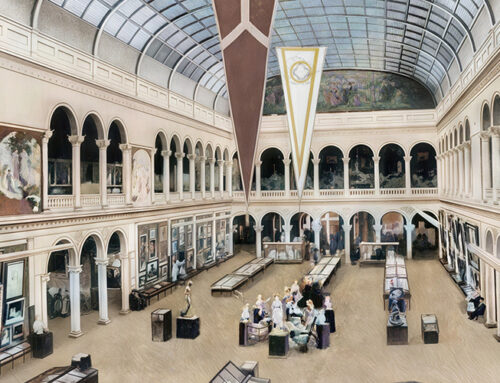
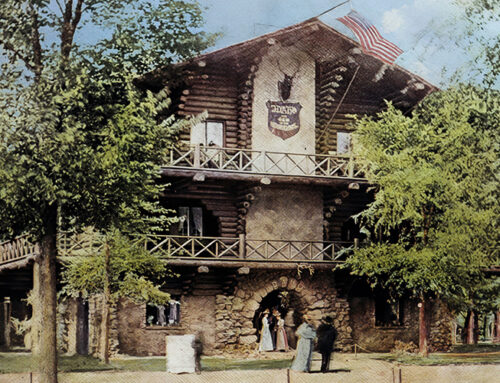
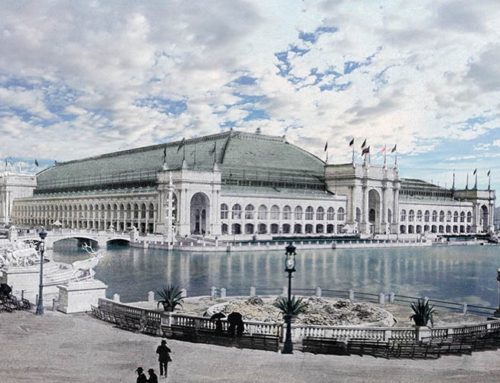
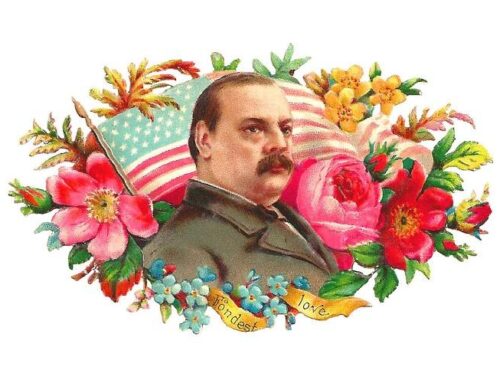
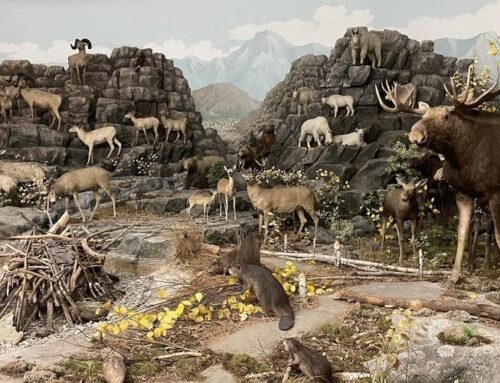
Leave A Comment